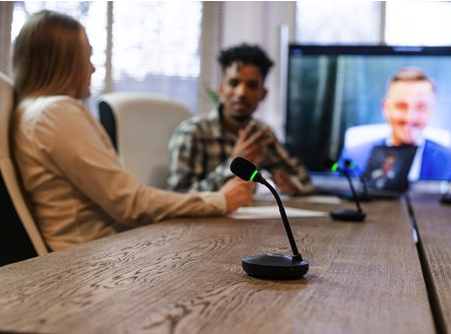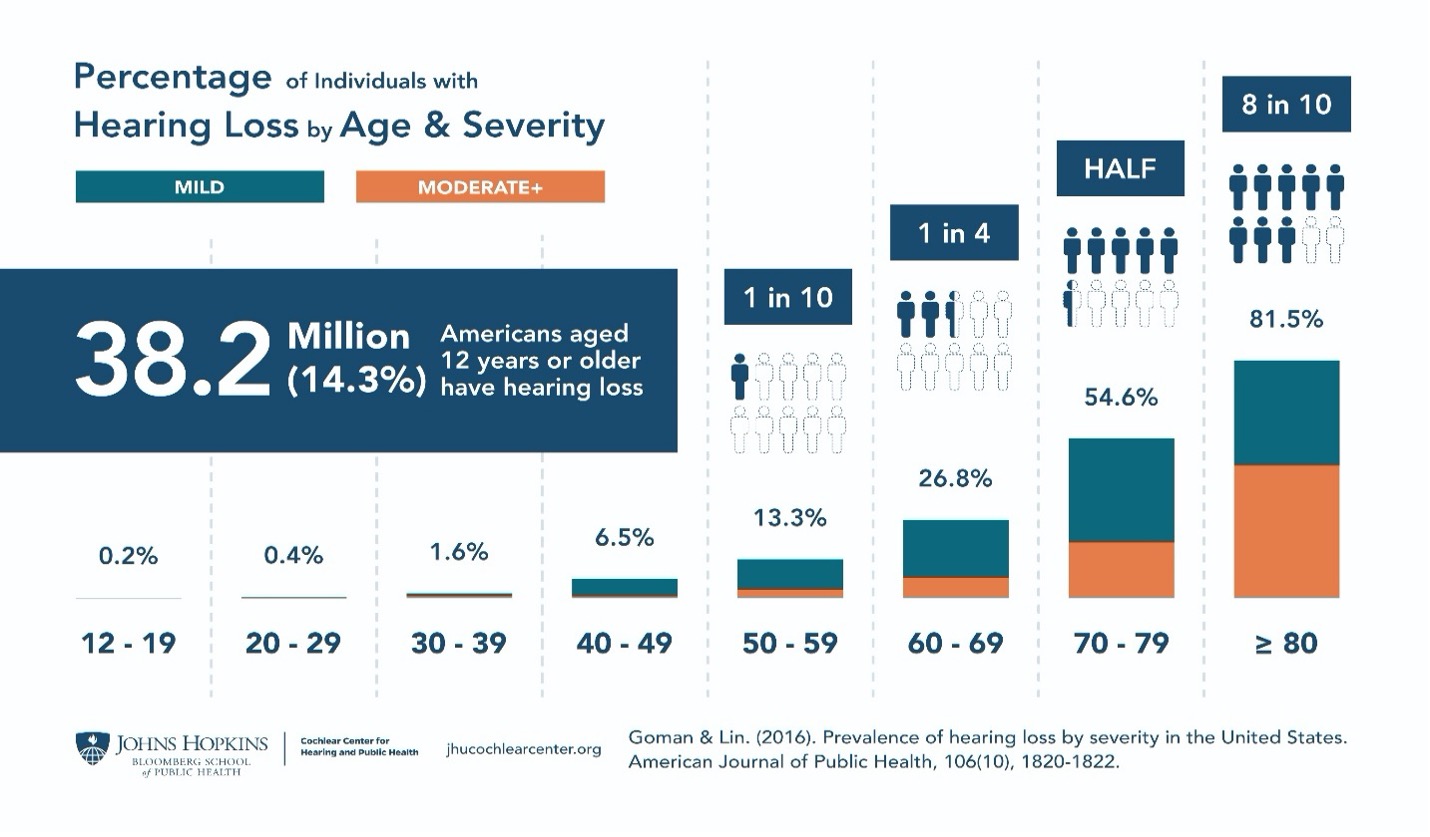Xilica…Not a new drug but very addictive!
When InfoComm 2023 was approaching, Exertis Almo launched an exclusive relationship with Xilica. You might ask, what is Xilica? It sounds like the latest cure for something. Well, maybe that is where we start. Xilica features conference products for medium and larger spaces, as well as DSP to fit most any application. The unique characteristic of these processors is that they are card-based so you can build the processing to fit the application, thus saving time and cost as well as increasing functionality.
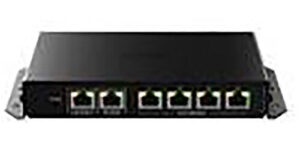 Xilica has already seen great success in other parts of the world with conference and system processing applications. Besides the card-based approach to the DSP, they have also developed a plenum rated POE+ amplifier (SONIA AMP) that sits atop
Xilica has already seen great success in other parts of the world with conference and system processing applications. Besides the card-based approach to the DSP, they have also developed a plenum rated POE+ amplifier (SONIA AMP) that sits atop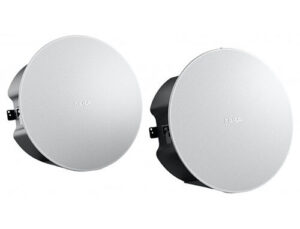 a passive ceiling speaker (SONIA C5) and provides power for up to 8 speakers in a given space. The connectivity is all based on using premade ethernet cables for ease of installation above the ceiling. The Amplifier also provides a Dante network connection to a beam forming ceiling microphone, such as the Sennheiser TeamConnect Ceiling 2, or others for a complete conference system.
a passive ceiling speaker (SONIA C5) and provides power for up to 8 speakers in a given space. The connectivity is all based on using premade ethernet cables for ease of installation above the ceiling. The Amplifier also provides a Dante network connection to a beam forming ceiling microphone, such as the Sennheiser TeamConnect Ceiling 2, or others for a complete conference system.
This synergistic approach with other manufacturers’ products allows the Xilica system to be a widely used platform for varied types or sizes of rooms. Where some try to create their own ecosystem, Xilica approached the conference space with an adaptive approach that works in harmony with other products to fit most applications with ease. The Xilica approach also includes camera integration with Lumens and other products for complete room systems.
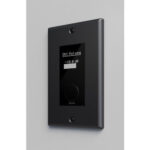 On top of this, two versions of control appliances allow simple, user-friendly control of any system. The Lucia, single gang wall remote can provide the most common type of functionality with volume and source control while the XT80, 8-inch touch panel can provide
On top of this, two versions of control appliances allow simple, user-friendly control of any system. The Lucia, single gang wall remote can provide the most common type of functionality with volume and source control while the XT80, 8-inch touch panel can provide 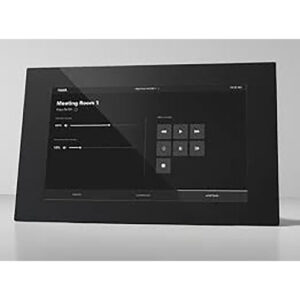 more advanced control of user defined parameters in an easy-to-use format. Controls can also be integrated with other well-known control platforms such as AMX as needed.
more advanced control of user defined parameters in an easy-to-use format. Controls can also be integrated with other well-known control platforms such as AMX as needed.
We are just getting started – the loudspeaker system processing is also very powerful with a full slate of tools, equalization, FIR filters and all the functions of any DSP with up to 64 channel capability and 64×64 Dante capacity. As you might imagine, the uses are exponential for all types of systems. This will allow the integrator to build many configurations on one platform, and scale the DSP to match the application.
Maybe you are beginning to see where the addiction begins…this powerful yet easy to deploy and program system can make quick work of even more complex conference systems and keep the integrator stress to a minimum! There are already bundles built for medium and large conference rooms, with more versions to be launched soon to include cameras. Exertis Almo and Xilica have teamed up to bring one of the most viable conference solutions to the industry.
Exertis Almo and Xilica invite you to contact us and get up close with this powerful new system. You will be amazed at the simplicity as well as the capability of these products. Our Services Team can even work with you to provide full system design, programming, and commissioning as needed. Contact us today for more information and find out why Xilica has such an addictive personality!

John Fuqua | CTS, Dante
Business Development Manager
Supported Manufacturers: Audio Applications, Amplivox, Audix, Bose, Denon, Marantz, Rane, Shure, Sennheiser, Yamaha UC

